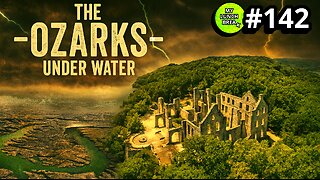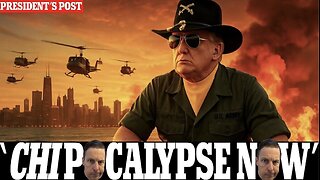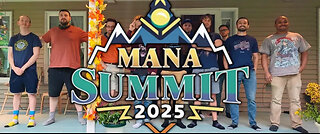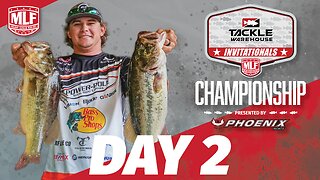Premium Only Content

The Battles of Super Touring Cars - The history of BTCC
In 1990, the BTCC introduced a class for cars with an engine displacement up to 2.0 litres which would later be adopted by the Fédération Internationale de l'Automobile and become the Super Touring regulations that were used in various championships in Europe and around the world. In their first year, these cars were run alongside a second class which continued to allow larger engines and was once again dominated by the Ford Sierra Cosworth RS500, however from 1991 they became the only cars eligible to compete. The new one-class system was popular with manufacturers from the beginning with six manufacturer supported teams from BMW, Ford, Mitsubishi, Nissan, Toyota and Vauxhall entered in the championship. During the first seasons, the cars were not fitted with aerodynamic aids such as a front splitter or a rear wing which were allowed from 1995 after Alfa Romeo caused controversy a year earlier, when they entered the 155 fitted with a rear wing – an item that was delivered with the road-going version of the 155, however unfitted in its boot. Audi joined the BTCC in 1996 with its four-wheel drive A4 Quattro, and went on to take that year's title. The continuously high number of manufacturer-backed teams meant rapid development on the cars and quickly growing costs to compete which caused several manufacturers to withdraw from the championship until the 2000 season, when only Ford, Honda and Vauxhall remained in the championship. To this day, the 'super touring era' during the 1990s is still looked at as the most successful period of the BTCC. The high number of manufacturer-backed teams provided very close competition, close and hard-fought racing on track and many spectators at the circuits.
-
 LIVE
LIVE
Patriots With Grit
3 hours ago"HELP... They're Killing Me" | Gail Seiler
93 watching -
 3:07:51
3:07:51
Barry Cunningham
6 hours agoPRESIDENT TRUMP ANNOUNCES THE CHIPOCALYPSE! AND I'M HERE FOR IT! (AND MORE NEWS)
124K46 -
 13:37
13:37
Exploring With Nug
9 hours ago $2.30 earnedTrying to Uncover Secrets in St Augustine’s Waters Missing Person Search!
19K1 -
 24:09
24:09
MYLUNCHBREAK CHANNEL PAGE
1 day agoDams Destroyed The Ozarks
74.8K34 -
 1:32:54
1:32:54
Jeff Ahern
7 hours ago $26.09 earnedThe Saturday Show with Jeff Ahern
98.7K12 -
 8:50:24
8:50:24
TheManaLord Plays
9 hours agoMANA SUMMIT - DAY 1 ($10,200+) | BANNED PLAYER SMASH MELEE INVITATIONAL
61.2K3 -
 LIVE
LIVE
Major League Fishing
3 days agoLIVE Tackle Warehouse Invitationals Championship, Day 2
106 watching -
 LIVE
LIVE
CassaiyanGaming
9 hours agoMYSTIVITHON - 12 HOUR CHARITY STREAM 🌊
53 watching -
 2:14:16
2:14:16
Lara Logan
22 hours agoSTANDING AGAINST THE GLOBAL ELITE with Trump Ally President Milorad Dodik of Republika Srpska | Ep34
43.5K27 -
 LIVE
LIVE
Total Horse Channel
1 day ago2025 Reno Snaffle Bit Futurity | Saturday
833 watching